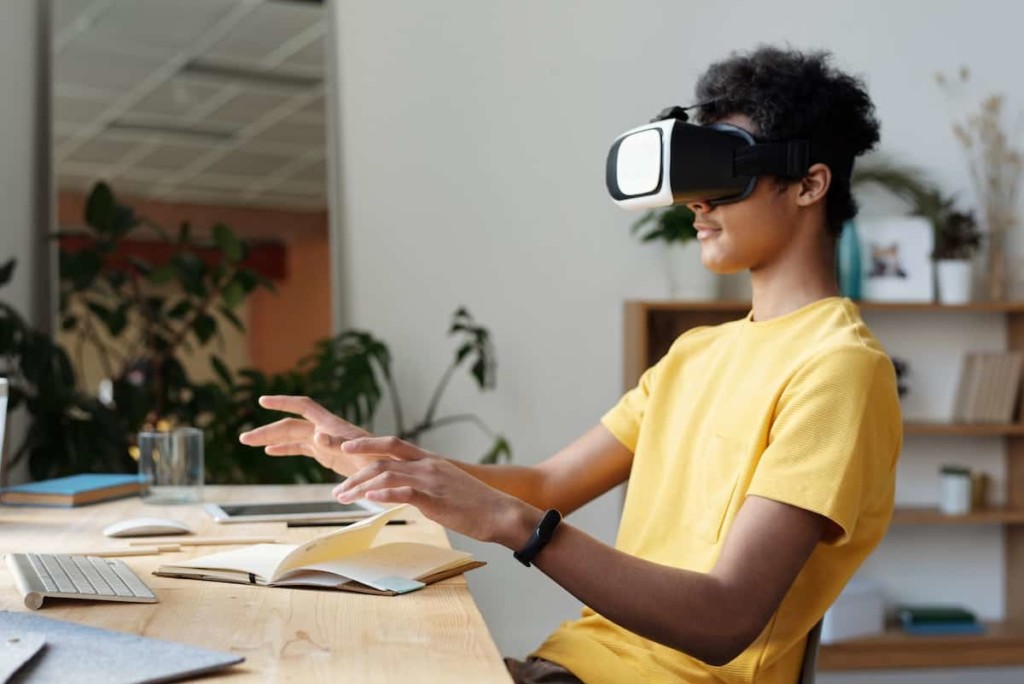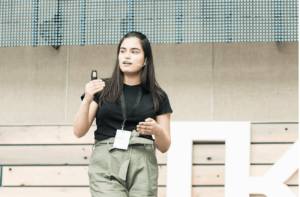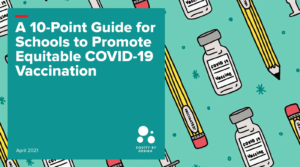What’s the EdTech Vaccine? 10 Design Principles

Pandemic education made clear the need for learning platforms that reliably support rich in-person and remote learning experiences. It accelerated the shift from teacher as an individual practitioner to learning facilitator as a member of a school as a service team.
The addition of video conferencing to the edtech stack was a mostly great additional capability in 2020. But it encouraged many schools to attempt a bad video version of traditional school at a distance (often a well-intentioned effort to comply with outdated policies).
The pandemic clarified the opportunity for new engaging sequences of learning experiences supported by new learning platforms with interoperability agreements to allow learner records to pass from place to place braiding together individual, team, cohort, and community experiences in a dynamic way that facilitates individual progress.
Getting this co-construction of tools and experiences right is more complicated than designing an mRNA vaccine but it could similarly improve the life trajectories of billions.
There are 10 design shifts that represent an opportunity in learner experience and supporting learning tools.
From registration to invitation. What if instead of a tedious enrollment process, there was an invitation to learning, one as welcoming an Apple store or as intuitive as the progressive enrollment on Amazon where recent views on one device are built into recommendations on another? What if expressed interests, strengths, and values guided surfaced learning opportunities?
From subjects to skill sprints. What if instead of enrolling in math and English courses, learners entered into personalized workshop environments (physical and/or virtual) that facilitated skill sprints enabling focused practice supported by experience recommendations and automated feedback systems punctuated by periodic demonstrations of mastery?
From course enrollment to dynamic projects. What if, instead of enrolling in year-long content courses, learners engaged in a series of community-connected projects (some individual, some team, many co-constructed) that developed and demonstrated leadership and problem-solving skills? What if these projects were informed by exposure to community needs and #GlobalGoals?
From testing to embedded measurement. What if, instead of stopping for periodic testing, assessment was built into skill sprints and projects? What if measurement largely occurred in the background and surfaced as useful real-time feedback and during periodic reflection?
From inclusion to portable accommodations. What if, instead of just being included, learners had portable accommodations that showed up in each learning instance they experienced (e.g., learning preferences, reading assistance, communication aids)?
From intervention to integrated support. What if, instead of responding to crisis, platforms helped monitor well-being and equipped learning advisors with early warning systems and supported integrated school and community support?
From grades to credentials. What if instead of idiosyncratic grades (a combination of feedback, attendance, and extra credit games) learners periodically received portable digital learning credentials that reflected demonstrated mastery? What if portable credentials unlocked enabling anywhere anytime learning?
From course lists to portfolios. What if, instead of a transcript as a list of classes passed, learners had credentials that certified learning and linked to curated portfolios that reflected their best work?
From proprietary to portable. What if, instead of information trapped in a dozen edtech apps, comprehensive records combined data extracts into a synthesized view (e.g., persistence measured across 10 tasks on four apps across a week)?
From common to personal and local. What if, instead of a standardized set of advice and experiences, platforms and advisors were equipped to recommend next steps and postsecondary plans based on personal and local opportunities (e.g., an MLK day event, a local internship, an emerging high wage job cluster)?
Toward a Whole Learner Tech Stack
We have a stack of tools designed for the schools we had not the schools we need. Most tools support age cohorts in content-focused courses organized around small tasks and resulting in letter grades. This obsolete 130-year-old model often results in low engagement and collaboration, low integration and application, low differentiation and depth of knowledge, and low optionality and portability. It leaves learners unprepared to address ambiguity and complexity and unable to describe what they know and can do.
Why are we stuck? In short, there’s weak expressed demand for something different and better as a result of a tangle of federal, state, and local policy entwined with employment agreements and higher ed entrance requirements. Edtech business models are based on closed systems and proprietary data. Add teaching traditions (and licensure and preparation) and idealized parental memories and you’ve got a nasty knot.
The problem is no longer a lack of access to venture funding, but much of $12 billion of global venture funding for digital learning tools last year (up from $500 million in 2010) went to test prep and tutoring.
There are, around the edges, 10 examples of activities aggregating demand for new and better tools. We could use more :
- Philanthropic funding for new school models (like NewSchoools Venture Fund, Walton’s Innovative Schools Program, and VELA);
- Sponsored partnerships between competency-based systems and edtech providers (like Lindsay USD and Empower and Latitude High and Headrush);
- Support for community conversations considering broader outcomes frameworks like Building Blocks from Turnaround and Portrait of a Graduate froom Battelle for Kids;
- Regional initiatives like Real World Learning in Kansas City that result in new outcome agreements and demand for new learning experiences;
- Support networks of innovative schools working on common challenges
- State support for competency-based school networks;
- Support for project-based networks like New Tech Network and EL Education and work-based learning networks such as Big Picture Learning;
- Pilots of comprehensive learner record like Broward County’s effort to expand math learning opportunities;
- Federal research support on learning platforms; and
- Support for interoperability initiatives like Project Unicorn.
Integrated tools that support the personalized, project- and competency-based learning with portable learning records are more likely to develop with less
- Federal policies that require standardized testing rather than robust formative assessment;
- State polities that require courses and grades rather than demonstrated competencies;
- College entrance requirements that rely on courses and grade point averages;
- Edtech business models that rely on owning item-level data;
Like a pandemic vaccine, the opportunity to invent powerful new learning sequences supported by new tools will take smart public-private partnerships and substantial investment. It will take longer than a year but, like a vaccine, it could change life trajectories for more than a billion people. Watch for our full summary of 20 invention opportunities next month.
For more, see:
- Five Mega Trends Reshaping Global Learning
- How High-Schoolers Launched a Startup to Reduce Social Isolation in Seniors
Stay in-the-know with innovations in learning by signing up for the weekly Smart Update.








0 Comments
Leave a Comment
Your email address will not be published. All fields are required.